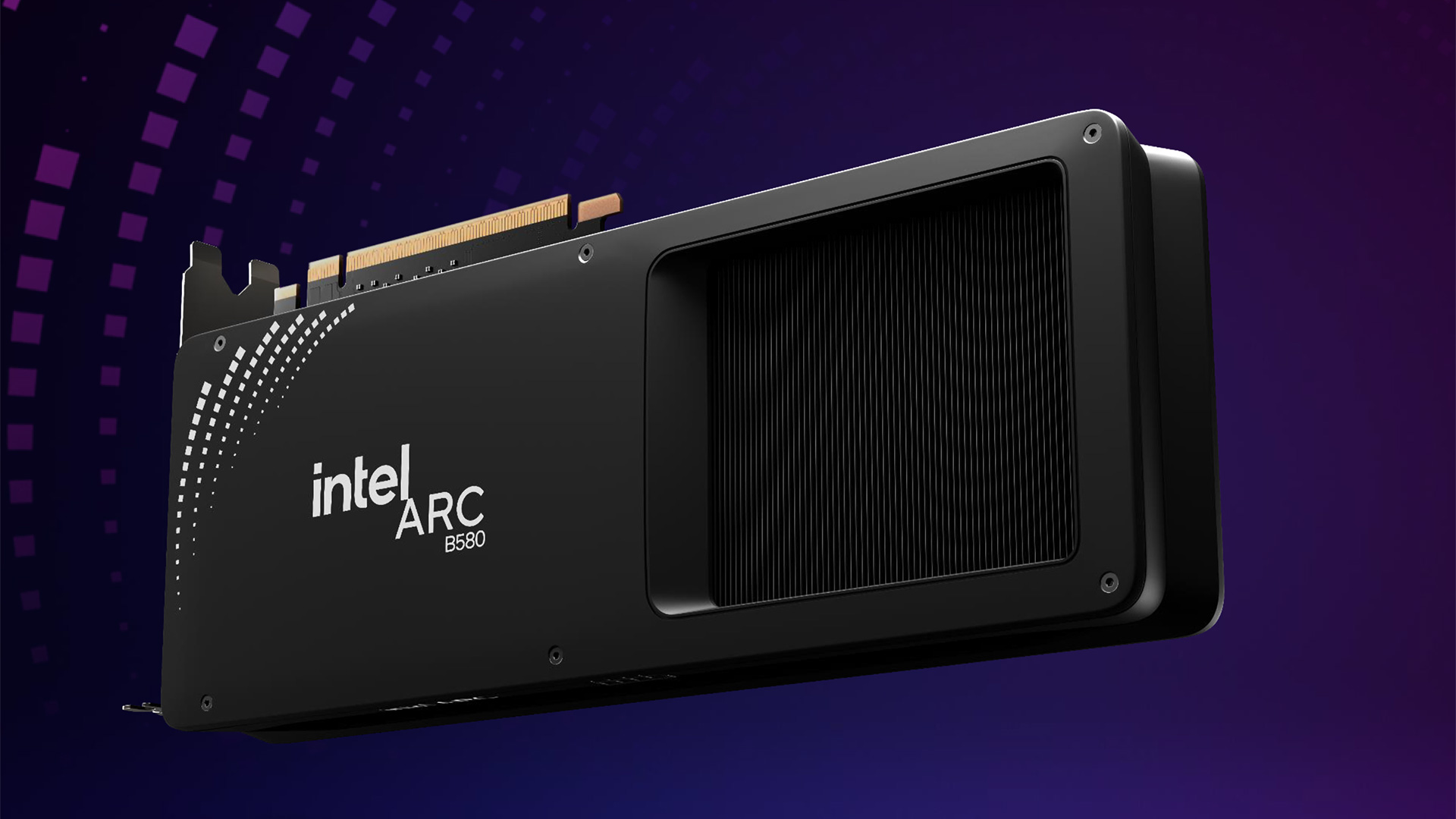TheArc B580(viaVideoCardz) has been tested in Geekbench across the OpenCL andVulkanAPIs, beating its predecessor, theA580, by upwards of 30%. From the looks of it, these tests were likely conducted by a reviewer before the embargo, which is set to be lifted on December 12. Despite the apparent authenticity, take this leak with a grain of salt since synthetic benchmarks aren’t perfect for real-world performance.
The test bench features Intel’s flagship Core Ultra 9 285K, 48GB of fast DDR5-8400 memory, and Gigabyte’s Z890 AORUS PRO ICE motherboard. As a strong contender in the sub $300 market, Intel touts its Arc B580 as 10% faster than theRTX 4060while being cheaper. We’ll verify Intel’s first-party performance metrics in our review once the embargo lifts. However, it’ll be unfair to say that the value proposition isn’t strong—especially if the drivers are as stable as Intel claims.

Moving on to thebenchmarks, we’ve sorted publicly availableOpenCLandVulkanscores for the most relevant GPUs and compared them against the Arc B580. Performance is mixed since we’re looking at two different APIs with variable performance across different architectures. For a direct-gen-on-gen comparison, the B580 is almost 30% faster than the A580 in Vulkan, dropping to roughly 10% if we switch to OpenCL.
Interestingly, the Arc B580 loses to the RTX 4060 in OpenCL but redeems itself with a marginal 6% lead in Vulkan. AMD’sRX 7600falls behind in both APIs, which can be attributed to the architectural variations we mentioned above. Still, the B580 trails behind theRX 6700 XT, but the latter is a three-year-old GPU with a higher price tag.

There is no magical formula to convert synthetic numbers into real-world FPS. Likewise, Battlemage - as seen on Lunar Lake - is slower than Alchemist (Meteor Lake) if we go by the on-paper specs and synthetic tests but practically ends up 42% faster (at 720p) in games per ourextensive testing.
Intel can reignite the once-forgotten budget GPU market if the drivers hold up, which we hope they will. Battlemage has a secret wildcard up its sleeve: hardware-enabledXeSS Frame Generationrivaling Nvidia’s DLSS FG. With its new XeSS 2 suite of upscaling and interpolating technologies, Intel currently has an edge over AMD, but that may change with RDNA 4, rumored to employAI-enabled FSR.
Get Tom’s Hardware’s best news and in-depth reviews, straight to your inbox.
Hassam Nasir is a die-hard hardware enthusiast with years of experience as a tech editor and writer, focusing on detailed CPU comparisons and general hardware news. When he’s not working, you’ll find him bending tubes for his ever-evolving custom water-loop gaming rig or benchmarking the latest CPUs and GPUs just for fun.